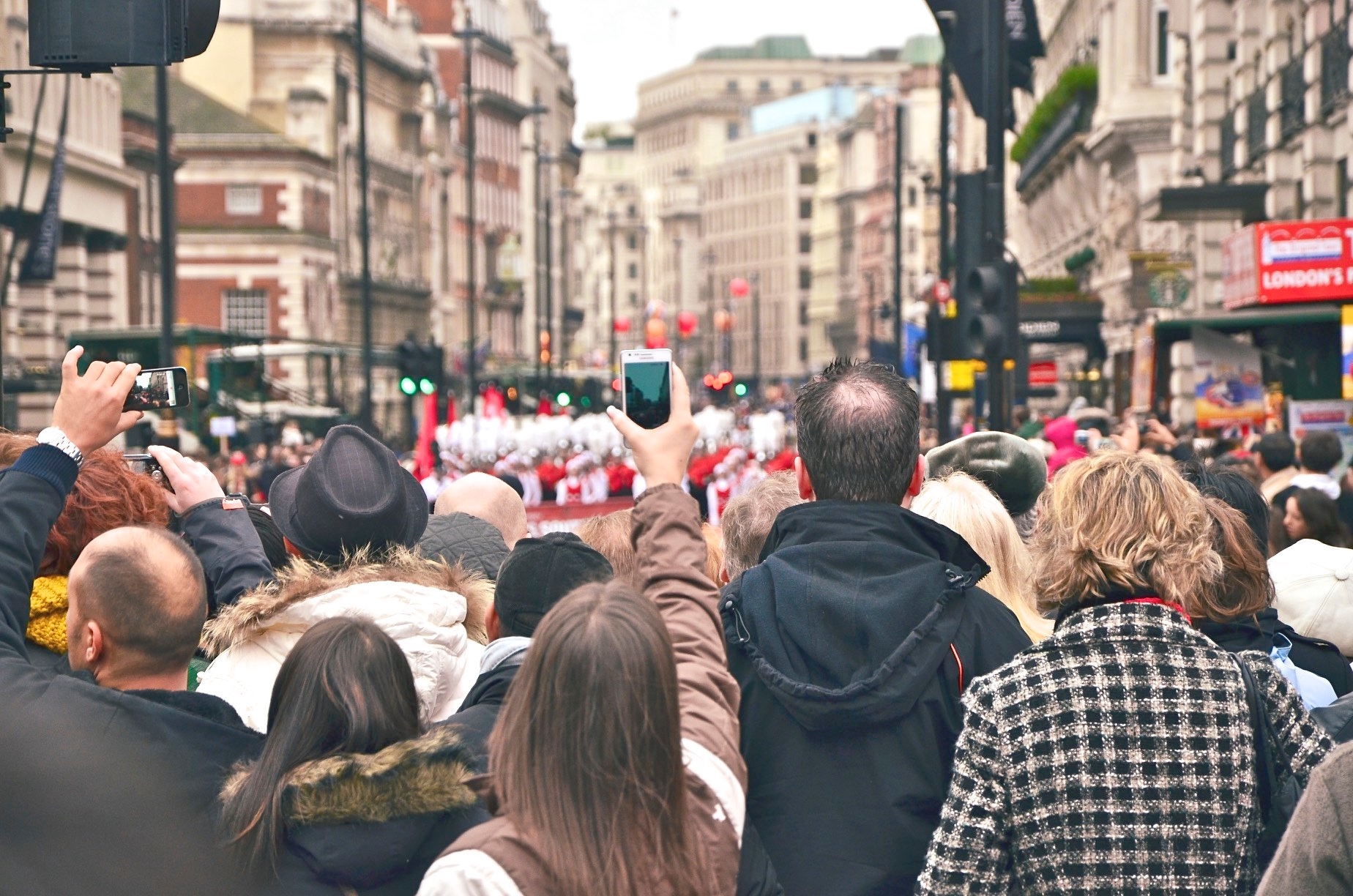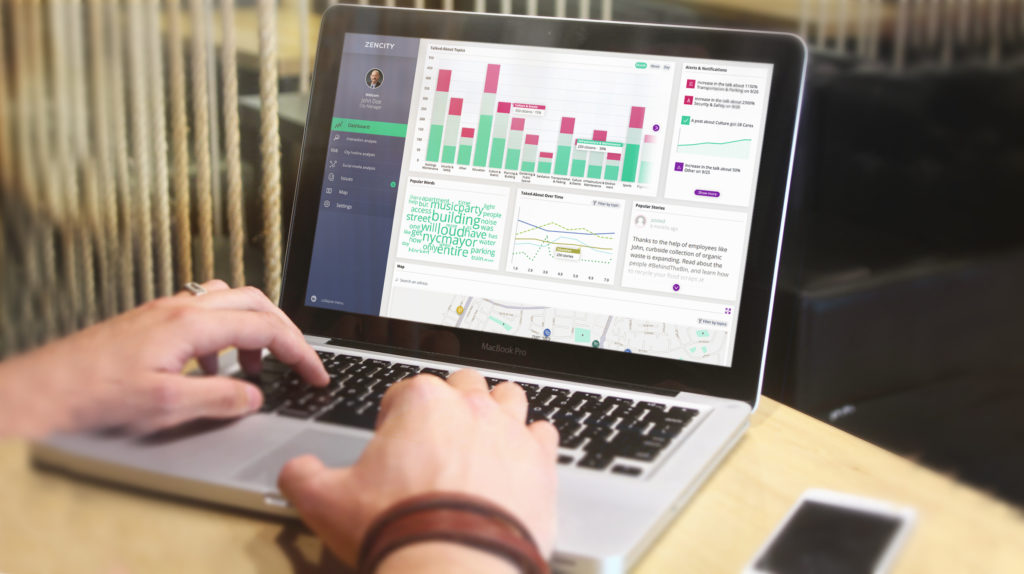
How AI and Social Media Data Can Help Build Citizen-Centric Cities
mai 7, 2018 — Uncategorized
Earlier in 2017, a video showing a passenger being dragged off a United Airlines flight sparked a massive social media campaign against United. The feedback on social platforms was so negative and so widespread the company lost hundreds of millions of dollars in market valuation in less than a week.
But what lessons could this have for cities and city managers? To answer that we first need to understand how cities use information to make management decisions – and how real-time analytics could help.

The term “Smart City” has caught on as one of the leading buzzwords of the last few years, attracting both huge investments and attention – as well as strong criticism. But the underlying message in this heated debate holds a very promising idea – the growing ability to collect and analyze massive amounts of data, coupled with real-time connectivity, can improve day-to-day life in cities through data-driven management.
This idea is crucial to our immediate future – over the next few decades our society will complete its transformation into one that is almost fully urban. We can no longer afford to make decisions without a rationale driven by data and reflecting the reality on the ground. While urbanization is happening rapidly, many processes remain slow. We need to act now to impact how our habitat will look, feel, and continue to develop years from now. Therefore, over the last few years we’ve seen interesting technological solutions pop-up around different urban verticals such as waste management, energy, water and traffic. But while these solutions provide important incremental benefits to cities, they have yet to understand the key aspect of city life: the citizens themselves.
Cities are first and foremost about people. It’s people who make neighborhoods lively and successful, but also complex and unpredictable. Nevertheless, the road to building thriving cities must go through engaging citizens and make their voices part of the city, or, as Jane Jacobs said: “Cities have the capability of providing something for everybody, only because, and only when, they are created by everyone”.
While other aspects of city life are fast becoming digitized and data-driven, the tools that cities use for the task of understanding their citizens are often archaic
Over the last few years we have seen a surge in new approaches to citizen engagement in cities around the world, trying to listen to and to map citizens’ needs. While other aspects of city life are fast becoming digitized and data-driven, the tools that cities use for the task of understanding their citizens are often archaic; costly phone surveys or public hearings that allow collection of anecdotal information from limited crowds at best.
Overall, this crucial process is still a long way from getting useful data, in real-time, and on a wide, inclusive scale. That poses a huge problem. But if we circle back to the top – there is also a huge opportunity here. We as a society live in an ‘always-on’ reality – creating more than 1.2M new posts and tweets every minute. We have become used to the fact that our real-time feedback immediately impacts brands and businesses – if you tweet a complaint at a brand, you are likely to be heard. But our cities, which should be run according to our needs and preferences, still remain disconnected from their citizens.
If you tweet a complaint at a brand, you are likely to be heard. But our cities, which should be run according to our needs and preferences, still remain disconnected from their citizens.
This is why we founded ZenCity. ZenCity is the “Google Analytics” for cities. Like analytics platforms that help in understanding users on a website or app, we help cities understand citizens in the city. Our platform leverages cutting edge Artificial Intelligence (AI) technologies to make citizens’ voices a useful, decision-powering data source for local governments. In principle, we want to give cities the ability to measure the human impact of the actions they take, and to plan with the ability to listen to the feedback of as many people as possible.

Our AI-based platform harvests data from social media, municipal hotlines and many other open data sources, and creates a real-time, detailed score of how people view and use the city. That way we can recognize emerging trends, important issues and provide an overall score for the city’s performance across all of it’s areas of responsibility. For example, we could immediately see what are the areas of the city suffering from sanitation problems or security threats and alert the right decision makers. This data could be used for real-time alerts, performance measurement, to increase public trust and, above all, to adapt to the citizens’ needs in an agile way.
Today, our product supports data streams from social media, 311 hotlines and other citizen feedback sources and we intend to integrate more and more live data streams over time. Effectively, with the right data, we can ensure planning and decision-making is done based on real-time picture of citizen’s needs.
In my view, as our cities continue to grow and become even more complex, their most pressing, defining challenge is their ability to be truly adaptive to their citizens needs. Or in other words can we make sure that all of this incredible development is first and foremost centered on our human experience of the city?
In light of this challenge, our work and the technology that drives it is just beginning. The next few decades will be the defining time for our urban future, and it’s up to us to decide whether this development is directed and connected to the needs of the citizens.